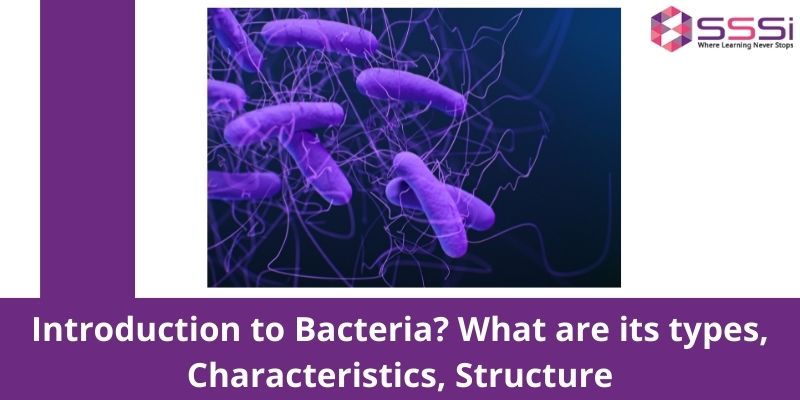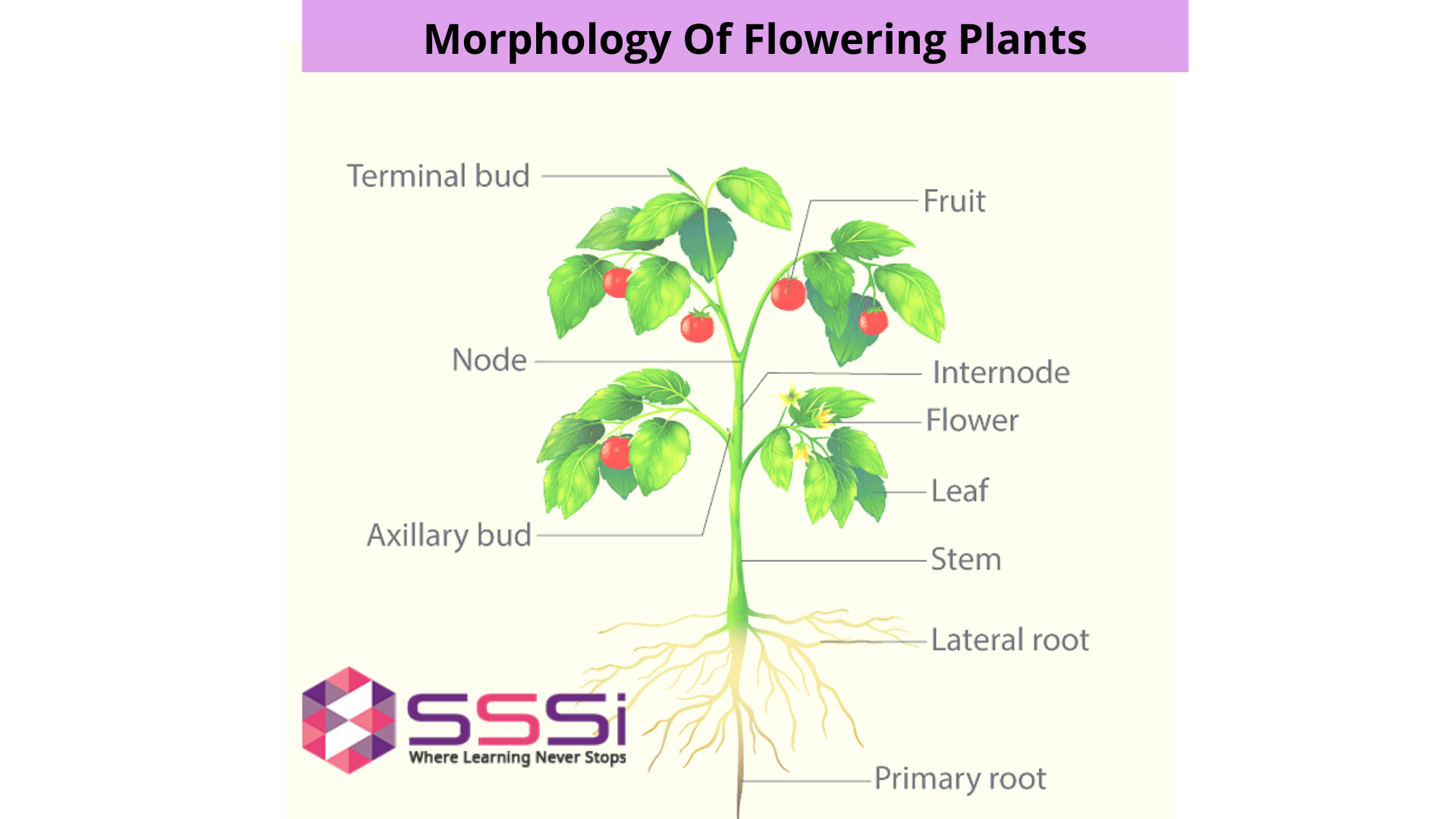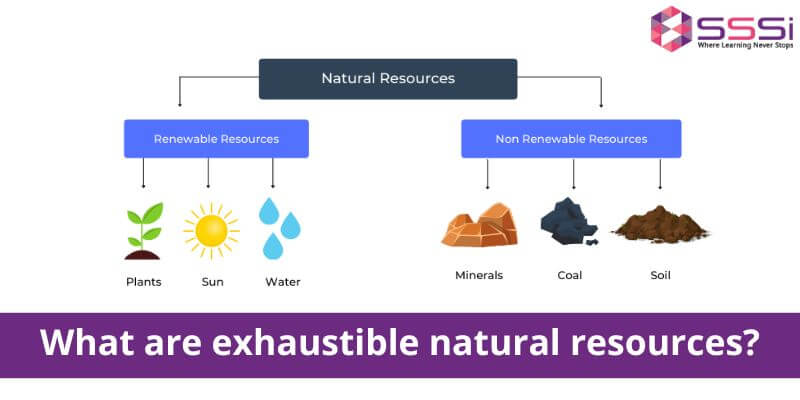-
Online Tuition
- Class 1
- Class 2
- Class 3
- Class 4
- Class 5
- Class 6
- Class 7
- Class 8
- Class 9
-
Class 10
- Hindi
- English
- Maths
- Economics
- Accounts
- Political Science
- Information Technology
- Geography
- Science
- History
- Civics
- Physics
- Chemistry
- Biology
- Computer Science
- French
- Sanskrit
- Mughal Empire
- Trigonometry
- Arithmetic Progressions
- Coordinate Geometry
- Psychology Well-being
- Quadratic Equations
- Probability
- Surface Areas and Volumes
- Real Numbers
- Circles
- Polynomials
- Linear Equations
-
Class 11
- English
- Maths
- Entrepreneurship
- Sociology
- Accounts
- Business Studies
- Information Practices
- Physical Education
- Fine Arts
- Biotechnology
- Psychology
- Economics
- History
- Chemistry
- Biology
- Geography
- Physics
- Computer Science
- Political Science
- EVS
- Statistics
- Political Science CBSE
- Civics
- Intellectual Property Rights
- Home Science
- C++ Foundation Course
- Inorganic Chemistry
- Physical Chemistry
- Organic Chemistry
- Partnership accounts
- Company Accounts
- Accounting Principles
- Journal Entry
- Hindi
- Social Science
- Science
-
Class 12
- English
- Maths
- Accounts
- Entrepreneurship
- Information Practices
- Business Studies
- Fine Arts
- Physical Education
- Biotechnology
- Psychology
- Economics
- History
- Geography
- Computer Science
- Biology
- Chemistry
- Physics
- Political Science
- Statistics
- EVS
- Civics
- Intellectual Property Rights
- Home Science
- Physical Chemistry
- Inorganic Chemistry
- Current Electricity
- Wave Optics
- Organic Chemistry
- Electromagnetic Induction
- Ray Optics and Optical Instruments
- Dual Nature of Radiation and Matter
- Semiconductor Electronics
- Communication Systems
- Alternating Current
- Electrostatics and Capacitance
- NCERT
-
Courses
- Academics
-
Beyond Academics
- Music
- Abacus
- Vedic Maths
- Handwriting Improvement
- Personality Development
- Phonic Courses
- Rubik’s Cube
- Art & Craft
- Robotics
- Digital Literacy
- Financial Literacy
- Mental Reasoning
- Artificial Intelligence
- Python
- Data Science
- Machine Learning
- Creative Writing
- English Comprehension
- Nutrition
- Data Analytics
- Environmental Science and Sustainability
- Cartography
- Essay Writing
- Chatbot App Development
- Digital Content Creation
- R Language
- Competitive Exam
- Olympiad
- Skill Development
- Books Solutions

Numerous questions arise in our mind when we hear the word bacteria, like how exactly are bacteria? What are the types? Are they awful for us?
Bacteria was part of Prokaryotes which is a group of organisms. Bacteria are the earliest kind on earth and have been around us for a long time. These are found on the oldest fossil, over 3.5 billion years old. Bacteria have adapted to different environments and can live at the north pole, inside the human body, or in the ocean
Bacteria, as a single-cell organism, are made up of only one cell and are smaller than human cells. The length of bacterial cells is between 1μmto 10μm, in which maximum bacteria are only 1μm to 2μm long. Most bacteria are harmless to humans. Even our body needs certain kinds of bacteria to function properly.
Gram-positive and Gram-Negativeare the two categories of Bacteria.
Gram-positive bacteriahave a large peptidoglycan structure. Under stressful environmental conditions, some form spores. Spores allow them to survive in extreme conditions.
Gram-negative bacteriahave a small peptidoglycan layer with an additional outer membrane called a cytoplasmic membrane. Endotoxin is a significant component of the cytoplasmic membrane. It is essential for their survival. The three major endotoxin components are the highly conserved core polysaccharide, the lipid a moiety, and the specific O antigen.
Cell Structure of Bacteria:
Bacteria have many common cell shapes: spiral, spherical, and rod-shaped. A cell wall, ribosomes, flagella, plasmids, nucleoid regions, cytoplasm, and cell membrane are the parts of its cell structure.
Cell wall: Its outer cover protects the cell and maintains a shape around it.
Ribosomes:It's responsibility is to produce protein.
Flagella:It is a long and whip-like protrusion that helps in cellular locomotion.
Plasmids:It carries a DNA structure that does not participate in reproduction.
Nucleoid regions: It's a cytoplasmic area having a single DNA molecule.
Cytoplasm: Its structure is like gel, made up of water. It contains cell components, salts, enzymes, and other organic molecules.
Cell membrane:It surrounds the cytoplasm and regulates in and out flow rate of the substance of the cell and is well-known as the plasma membrane.
Bacteria Reproduction
Binary fission can produce in large quantities at a speedy rate. As a result of binary fission, bacteria produce very fast. The bacterium, a single cell, separates into two genetically identical cells by binary fission. They are single-cell prokaryotic organisms; that's why there is no male and female concept. They produce asexually where the parent produces its clone.
Ways of Acquiring New DNA:
There are three different ways in which bacteria acquire new DNA. These are:
Conjugation: Ithappens when a piece of genes is transferred to the other bacteria they contact. This contact occurs through the pilus, a protein tube structure. Genes are transferred to one another through this tube.
Transformation:Some bacteria take up the DNA from dead bacterial cells from their environment. Then it is transported to the cell membrane, where new DNA is assimilated into bacterial cell DNA.
Transduction:The bacteriophage virus is responsible for transduction. These viruses infect bacteria and result in an exchange of DNA from one bacterial cell to another bacterial cell through these viruses.GeneralizedandSpecializedare the two types of transduction.
BacteriaTypes:
Coccus, Spirilla, Bacillus, and Vibrio are commonly four types of Bacteria based on their shapes. You must have studied these points in class 10 science books.
Coccus:They are spherical-shaped bacteria. The bacteria responsible for pneumonia in human beings is of this type.
Bacillus:These are single and long chain bacteria with rod-like structures.
Spirilla:They are single bacteria having a spiral shape.
Vibrio:They are comma-shaped bacteria.
Characteristics of Bacteria:
- Prokaryotic cell.
- Single-cell organism.
- Binary fission takes place.
- DNA is made of one chromosome.
- Using a microscope, you can differentiate the internal structure.
- Strong cell walls are resistant to environmental changes
Role of Good Bacteria for Human and Environment:
- Detect Tumours:Scientists, in 2015, injected harmless genetically modified bacteria into mice. On striking a tumor, these bacteria produce a luminescent signal that can be easily detected in urine.
- Reducing Plastic waste:Scientists, in 2016, found a bacteria which breaks PET down into two components by using two enzymes. PET is the plastic that is used in making disposable bottles.
- Detects Arsenic in Drinking Water:A biosensor that uses bacteria is developed to detect the amount of arsenic in drinking water. Arsenic causes cancer or even death.
- Producing Graphene:Graphene is composed of carbon atoms with properties like conduction, flexibility, and strength. Shewanella, a bacteria, is used to produce thinner and more stable graphene in large quantities.
- Keeps Environment Clean:Saprophytic bacteria decompose the dead bodies and organic waste. Azotobacter and Clostridium are the bacteria that maintain soil fertility and even enhance it by fixing atmospheric nitrogen.
- In Industries: The main industry that totally depends on bacteria is the dairy industry. Lactic acid bacteria are used for souring and curdling milk, which is then used to produce cheeses and curd. Curing tea and oxidation of alcohol to vinegar, tobacco, and indigo are beneficial results of bacteria.
- Medicine Industry:Antibiotics are prepared. Serum and vaccines obtained from bacteria help in boosting immunity. Diphtheria and pneumonia are cured by serum, and cholera, typhoid, etc., are cured by vaccines obtained from bacteria.
Role of Bad Bacteria for Humans and Environment:
- Foodborne Illness:Foodborne illness is commonly known as food poisoning caused by bacterial toxins. Clostridium botulinum, Staphylococcus aureus, etc., are the responsible bacteria for it. The symptoms of bacterial infection are diarrhea, abdominal discomfort, vomiting, nausea, and even death.
- Rotting of Food:Spoiled vegetables, sour milk, and rotten meat are the results of many saprotrophic bacteria.
- Domestic Articles Ruination:Domestic articles like textiles, canvas, and wood get destructed by Spirochaete Setophaga bacteria, which cause cellulose degradation.
- Denitrifying Bacteria are also present in the soil with nitrifying bacteria. Soil fertility decrease if there is a denitrifying process.
- Some bacteria cause cardiovascular disease, cancer, obesity, or diabetes. They are generally caused due to hormonal imbalance, but sometimes they are because by antibiotics when antibiotics kill good bacteria as well. Staphylococcus aureus causes bacterial infection on the skin in the form of Pimples, and bacterial diseases like toxic shock syndrome and pneumonia, whereas P. gingivalis is responsible for bacterial diseases like gum disease and pancreatic cancer.
Our body needs the right amount of bacteria to keep us healthy. Experts are trying to find out how living bacteria can make our lives healthy. You can not see bacteria with naked eyes. You can identify bacteria by biochemical or morphological tests, Serodiagnosis, etc. DNA Sequencing, Rapid pathogen confirmation, Ribo-printer analysis, and Repeat-based polymerase chain reaction are some techniques used to identify bacteria. Hope these bacteria notes will help you for a better understanding. If you are interested in learning more about these bugs inside us, We will help you discover them. We are an online educational portal for class 4 students, class 7 science, class 8 science, and class 9 science students. We ensure that students of class 11 biology and class 12 biology do not feel tense and nervous about biology, so we provide them with interactive lessons with practice/test series.





